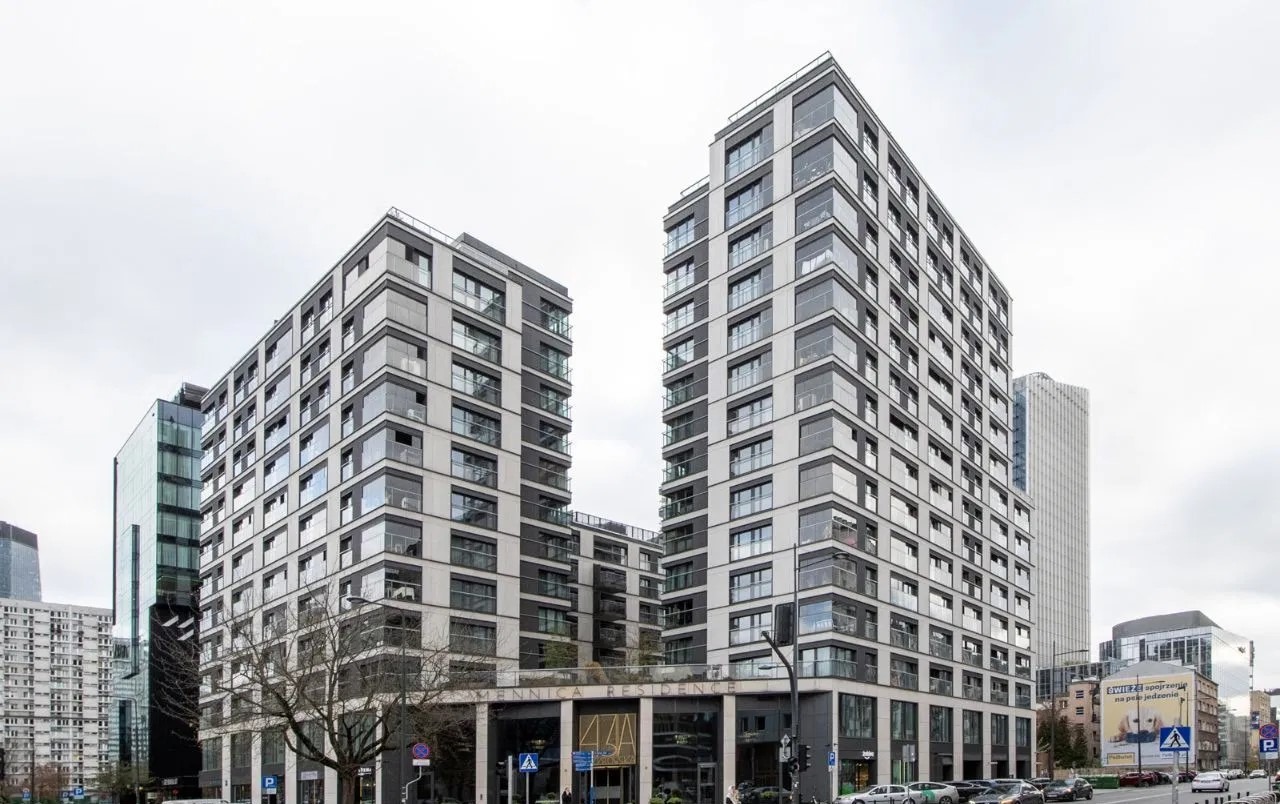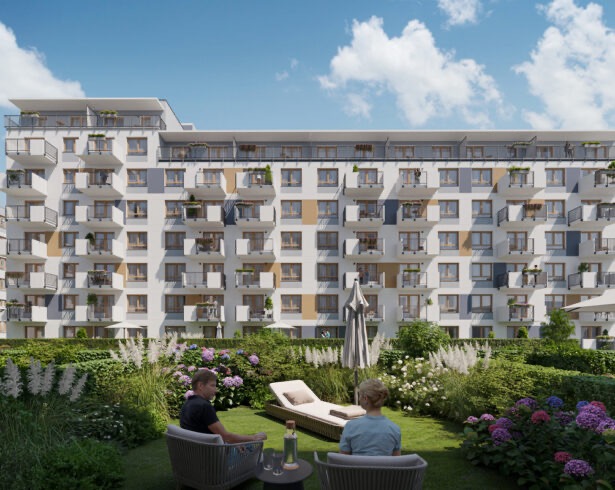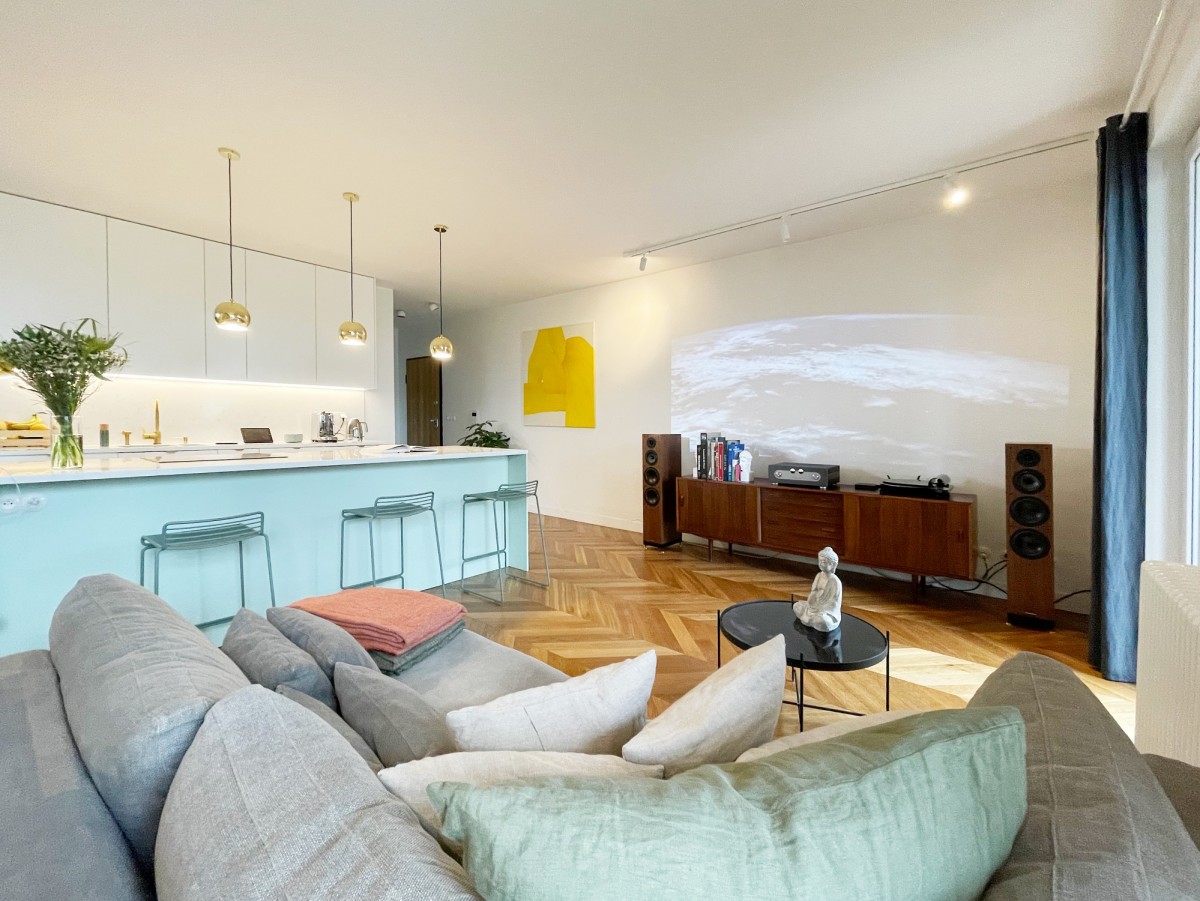Owners of buildings in Poland

Owners of buildings in Poland
According to Polish legislation, buildings in Poland can be owned (owned) by individuals and legal entities (commune, State Treasury, enterprise (company, department), housing cooperative, social housing society. Buildings can also be jointly owned or owned by another person.
According to Polish legislation, buildings in Poland can be owned (owned) by individuals and legal entities (commune, State Treasury, enterprise (company, department), housing cooperative, social housing society. Buildings can also be jointly owned or owned by another person.
Budynek stanowiący własność gminy - a building that is the property of the commune (the building belongs to the commune)
A building that is fully owned by the commune (i.e. there are no premises in it that are the separate property of another entity) is managed by a housing enterprise (institution) or a municipal organizational unit specially created to manage the housing stock of the commune, as well as a building being directly under the control of the commune administration, was transferred to the ownership of the commune, but remained at the disposal of such public facilities as: medical institutions, organizational units of social assistance, organizational units of family support and foster care systems, units of the education system, units of science and culture.
In statistical observations, buildings owned by the commune also include buildings owned by the powiat (but not the property of any commune), i.e. transferred to the powiat (local government body) by the State Treasury, the voivode or acquired in another way.
Source of definition: Law of June 21, 2001 On the protection of the rights of residents, the housing stock of the municipality and on amendments to the Civil Code (o ochronie praw lokatorów, mieszkaniowym zasobie gminy i o zmianie Kodeksu cywilnego); Methodological instructions for the National Population and Housing Census 2002 of the General Statistical Office of Poland
Budynek stanowiący własność innego podmiotu - a building that is the property of another person (the building belongs to another person)
A building that is completely (i.e. there is no room in it, which is the separate property of another person) is the property of other persons who are not subject to the conditions: “Building owned by an individual”, “Building owned by a housing cooperative” , “Building owned by the commune”, “Building owned by the State Treasury”, “Building owned by an enterprise”, “Building owned by a social construction society”.
This category includes, but is not limited to, wholly owned buildings:
- private organizations building or purchasing apartments for profit: for sale or rent,
- trade unions, associations, foundations, political parties, professional and economic self-government,
- the Catholic Church and other churches and religious associations, including Catholic universities and ecclesiastical institutes.
Source of definition: Methodological instructions for the National Population and Housing Census 2002 of the General Statistical Office of Poland
Budynek stanowiący własność osoby fizycznej - a building that is the property of an individual (the building belongs to an individual)
A building that is entirely in the unlimited ownership of an individual - one or spouses (i.e. in the absence of premises that are the separate property of another person) is indicated in the land and mortgage book, and in its absence - in another document confirming ownership, regardless of whether , whether the owner of the building lives in it, whether he has rented it out or transferred it for free use to another person (persons), or whether the building has been put into operation, but has not yet been occupied.
Source of definition: Law of June 24, 1994 on ownership of premises (o własności lokali); Methodological manual for the 2002 Population and Housing Census of the General Statistical Office of Poland
Budynek stanowiący własność Skarbu Państwa - building owned by the State Treasury (the building belongs to the State Treasury)
A building that is entirely under the jurisdiction/management of units managing the property of the State Treasury (i.e., it does not contain premises that are the separate property of another entity).
This category includes buildings:
- in the resource of the National Center for Agriculture Support,
- in the resource of the Military Housing Agency,
- in the resource of the Internal Security Agency and the Foreign Intelligence Agency,
- in the management of departments subordinate to ministries,
- in the management of public authorities (for example, the Office of the President of the Republic of Poland, the Office of the Sejm, the Office of the Senate, the Constitutional Tribunal, the Supreme Court), public administration bodies (for example, the Office of the Prime Minister, ministry, central administration, voivodeship administration) and state control bodies ( e.g. Supreme Audit Office, National Labor Inspectorate).
This also includes buildings transferred by an organization representing the treasury for use or rent from diplomatic missions and consular offices of foreign states.
Source of definition: Methodological instructions for the National Population and Housing Census 2002 of the General Statistical Office of Poland
Budynek stanowiący własność spółdzielni mieszkaniowej - building owned by housing cooperative (the building belongs to a housing cooperative)
A building, the ownership of which (the entire building) belongs to a housing cooperative and there are no premises in this building that are the separate property of another person.
In the case of a single-family house (built by a housing cooperative, a cooperative association for the construction of single-family houses or a cooperative with another name), the actual legal status of the building must be determined at the so-called critical point of statistical observation. If ownership of a building is notarized to a member of the cooperative, the owner of the building is the individual and not the cooperative. If the right to the building has not yet been transferred by law to a member of the cooperative, the housing cooperative is considered the owner.
Source of definition: Law of December 15, 2000 on housing cooperatives (o spółdzielniach mieszkaniowych); Methodological instructions for the National Population and Housing Census 2002 of the General Statistical Office of Poland
Budynek stanowiący własność towarzystwa budownictwa społecznego - building owned by public building societies (the building belongs to a social housing society)
A building that is wholly owned by a legal entity (i.e. does not contain premises that are the separate property of another person) and whose name contains the words “social housing society” or the abbreviation “TBS”, regardless of the fact of participation in the costs of construction of the building another person (gmina, housing cooperative, factory construction) in exchange for receiving apartments (on a rental basis) for third parties specified by these entities.
Source of definition: Law of October 26, 1995 “On certain forms of support for housing construction” (o niektórych formach popierania budownictwa mieszkaniowego); Methodological instructions for the National Population and Housing Census 2002 of the General Statistical Office of Poland
Budynek stanowiący własność zakładu pracy - building owned by company (department), (the building belongs to the enterprise (company, department)
A building that is completely owned by an enterprise (company, department) (i.e. it does not contain premises that are the separate property of another person).
Business-owned buildings include:
1. buildings owned by a public sector enterprise, that is:
- state enterprises, including “State Forests”; public organizational units (with or without legal personality), for example, public research institutes, public universities,
- municipal enterprises, with the exception of housing and communal enterprises (plants),
- transferred to the specified entities by the State Treasury or the commune for permanent management.
2. buildings owned by private sector enterprises, that is, buildings owned by private enterprises operating in the form of companies, as well as buildings owned by worker cooperatives, agricultural production cooperatives, with the exception of housing cooperatives.
Source of definition: Methodological instructions for the National Population and Housing Census 2002 of the General Statistical Office of Poland
Budynek stanowiący współwłasność - building constituting the coownership
A building in which several title holders are registered in the land and mortgage register.
The following forms of joint ownership of buildings are distinguished:
1) with separate ownership of residential premises, and the owners of these premises are:
a) only individuals - applies to a building in which all apartments are the separate property of individuals,
b) individuals and commune – refers to a building in which part of the apartments is the separate property of individuals, and the remaining apartments are the property of the commune,
c) individuals and enterprise (company, department) - refers to a building in which some of the apartments are the separate property of individuals, and the remaining apartments belong to public or private sector enterprises. This category also includes buildings that previously belonged to state farms (previously included in the housing stock of enterprises), which, after the liquidation of state farms, came under the jurisdiction of the Agricultural Property Agency of the State Treasury, after which some of the apartments in these houses were sold by the Agency to individuals, and the rest are still in resources of the Agency (i.e. belong to the State Treasury),
d) other - applies to buildings in which there are different cases of ownership of residential premises, for example, commune and enterprise, commune and individuals and enterprises. This category also includes buildings of housing cooperatives, in which, after the entry into force of the Law of December 15, 2000 on housing cooperatives, separate ownership (with an entry in the land and mortgage book) was established for some residential premises in favor of individuals;
2) without separate ownership of residential premises - applies to buildings that constitute common real estate, but separate ownership is not established for individual apartments in the house, i.e. individual co-owners do not have a separate book in their name, but there is only one book for the entire building, which indicates only the share of the individual co-owners of the building (in percentage or shares) (most often this concerns the heirs of the owner of the building, who was an individual).
Source of definition: General Statistical Office of Poland
Blog

Housing construction in Warsaw in January – November 2023
Housing construction in Warsaw in January – November 2023

Cost of living in Warsaw
Cost of living in Warsaw. Estimated monthly cost per person

Interesting facts about real estate in Poland
Interesting facts about real estate in Poland: Residential market (apartments and houses) in Poland; On purchase and sale transactions of residential real estate in Poland; Residential property prices





